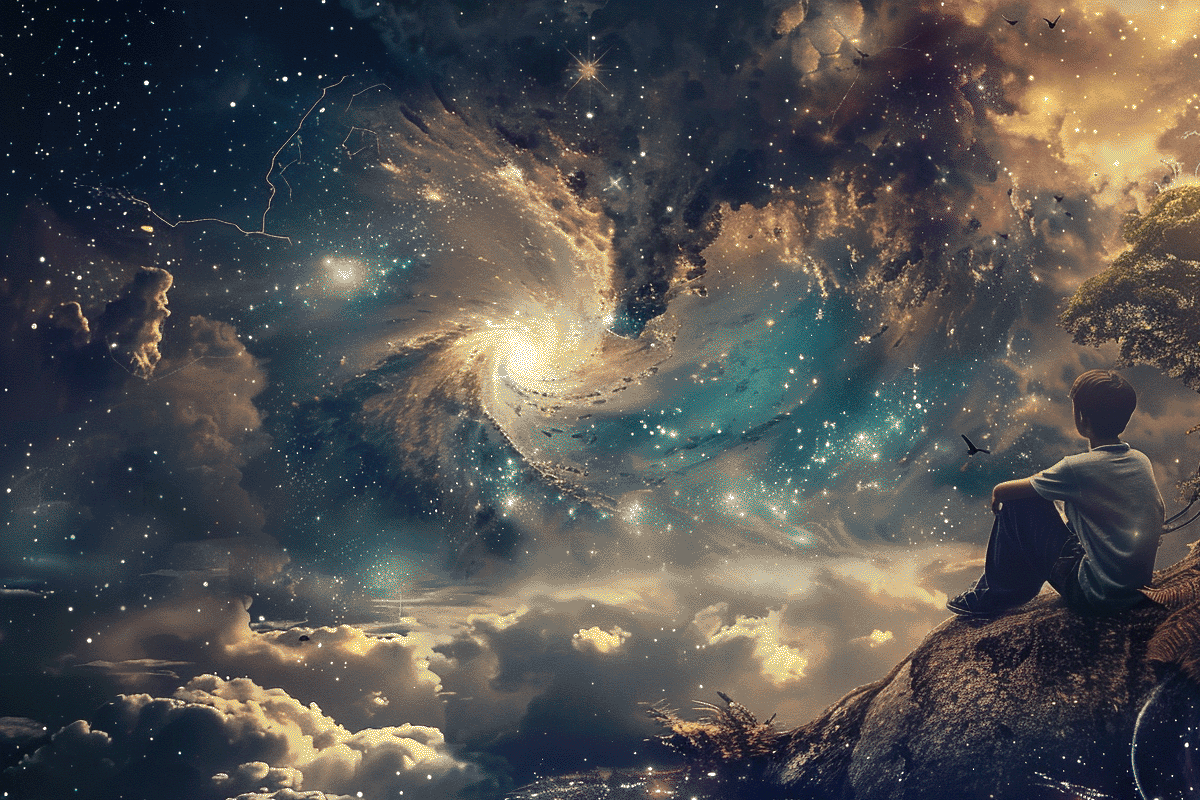AI and Storytelling: Enhancing Creativity Without Replacing the Human Touch
- 5 minutes read - 1045 words
Table of Contents
Artificial Intelligence (AI) has been making significant strides in the ever-evolving realm of technology, transforming various sectors from healthcare to entertainment. One particularly fascinating area where AI intersects with human creativity is storytelling. But is this combination a match made in heaven? Let’s explore.
The Intersection of AI and Storytelling
Storytelling is an inherently human activity that shares experiences, ideas, and emotions. Conversely, AI is a product of human ingenuity, designed to learn, adapt, and perform tasks autonomously. The convergence of these two domains might seem unlikely, but a partnership has been steadily growing.
AI in Content Creation
AI has been increasingly used in content creation, from generating news articles to crafting short stories. Machine learning algorithms can analyze existing stories, identify patterns, and create new narratives. This ability to learn from data and generate content has led to fascinating results, with AI producing everything from poetry to screenplays.
Case Studies in AI Storytelling
Several projects highlight AI’s potential in storytelling . For instance, OpenAI’s GPT has been used to write human-like text based on prompts, creating compelling and coherent stories. Similarly, AI tools have been employed in journalism to quickly generate news reports, freeing human writers for more in-depth analysis.
Personalized Storytelling
One of the most exciting aspects of AI in storytelling is the potential for personalization . AI can analyze a user’s preferences, reading habits, and feedback to create tailored stories. This level of personalization can engage audiences in new ways, making stories more interactive and immersive.
Examples of Personalized Narratives
Applications like chatbots and virtual assistants can craft personalized narratives based on user interactions. For example, AI-driven platforms can recommend books or movies by understanding an individual’s tastes, enhancing the storytelling experience.
AI and the Future of Storytelling
The future of AI in storytelling holds immense potential. With natural language processing and understanding advancements, AI could soon create more complex and nuanced narratives. However, it’s important to note that while AI can generate stories, it doesn’t truly understand them like humans do. AI lacks the human experience and emotion that often underpin great storytelling.
Potential and Limitations
AI can be a powerful tool for generating content quickly and efficiently. However, its inability to comprehend context, nuance, and emotional depth means that human oversight and input remain crucial. Future developments may narrow this gap, but the intrinsic value of human creativity and insight cannot be entirely replicated.
The Human Touch
While AI can mimic storytelling, it doesn’t replace the human touch. Storytelling is more than just stringing words together; it’s about conveying emotions, experiences, and perspectives. AI can assist in the process, providing tools for writers and creating personalized content. Still, it doesn’t yet possess the empathy and understanding that makes storytelling a powerful human tool.
Emotional Depth and Nuance
Human storytellers evoke emotions by drawing from their own experiences. They understand the subtleties of human interaction, which AI, in its current state, cannot truly grasp. AI can simulate emotions but doesn’t genuinely feel or comprehend them.
Cultural Context and Relevance
Stories often reflect the time and place they are told, filled with cultural references and nuances. Human storytellers bring their cultural backgrounds and societal insights into their narratives, adding layers of meaning and relevance. AI, being data-driven, can miss these subtleties, resulting in stories that may lack authenticity.
Creativity and Innovation
Creativity involves thinking outside the box and breaking conventions. Human storytellers innovate by blending genres, creating complex characters, and crafting unexpected plot twists. AI tends to be more formulaic, as it generates content based on patterns and data, lacking the spark of human creativity.
Multi-Modal LLMs allows you to extract scenes from existing video footage. You can escape from formulaic AI patterns by facilitating the probabilistic nature of AI . The latent space of the AI models is like a huge universe awaiting to be explored.
Empathy and Connection
Empathy allows storytellers to create relatable characters and situations. This emotional connection makes stories compelling and memorable. Human writers infuse their work with empathy, drawing readers into their world. AI lacks genuine empathy, which can make its stories feel hollow.
Collaborative Potential
AI can enhance storytelling by helping with brainstorming, plot development, and editing. This allows human storytellers to focus on their narratives’ nuanced and emotionally rich elements. The collaboration between AI and humans can result in innovative and deeply human stories, combining both strengths.
In conclusion, while AI can mimic aspects of storytelling and offer valuable tools, it doesn’t replace the human touch. The emotional [depth]({{ ref “story-telling-importance-of-depth” }}), cultural context, creativity, and empathy that human storytellers bring are irreplaceable. AI enhances storytelling, but the human element remains at its heart.
This means any AI tool should support a back-and-forth editing text creation process to include emotional depth through character development.
Collaboration Between AI and Humans
The most promising future for storytelling involves a collaborative approach, where AI tools enhance human creativity rather than replace it. Writers can use AI to brainstorm ideas, overcome writer’s block, or even draft portions of text while still infusing their work with unique human insights and emotions.
Conclusion
AI and storytelling seem unlikely, but their combination holds great potential. From content creation to personalized narratives, AI transforms how we tell stories. However, the human touch remains crucial. AI can generate stories, but the human experience and emotion genuinely bring them to life.
So, is AI and storytelling a match made in heaven? Perhaps not yet, but it’s certainly a partnership worth watching. There are limits for using AI .


